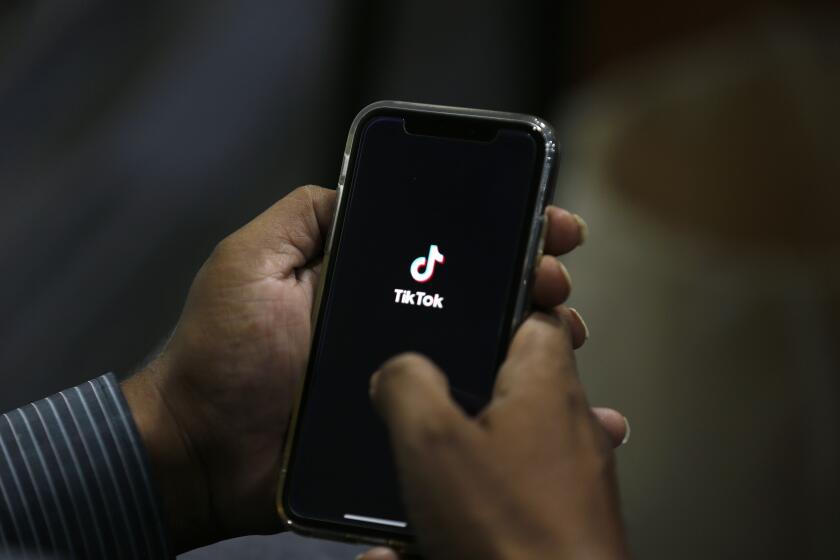AIG and subsidiary get $4.3 billion of bank credit lines
- Share via
Bailed-out insurer American International Group Inc. took another step toward winding down its U.S. government support Monday by securing $4.3 billion of bank credit lines, and company shares surged.
AIG’s shares rose $5.05, or 9.3%, to $59.38, a two-year high.
AIG and its property insurance unit Chartis Inc. agreed to three separate credit facilities with banks, partially replacing credit lines from the Federal Reserve Bank of New York, AIG said in regulatory filings.
“We believe we are close enough to completing our recapitalization plan that we can see the finish line,” AIG Chief Executive Robert Benmosche said in a statement.
JPMorgan Chase & Co, Bank of America Corp. and Citigroup Inc. were joint lead arrangers for the three facilities. AIG said in a statement that 36 banks had agreed to participate in the credit facilities.
AIG signed two credit agreements worth $1.5 billion each, one for three years and another for 364 days, it said in a regulatory filing.
Separately, Chartis signed a $1.3-billion letter of credit and reimbursement agreement with its lenders.
The new credit facilities will be used once AIG’s previously announced recapitalization plan with the Treasury Department and the New York Fed is closed, effectively ending a portion of the government’s support of the insurance giant issued at the height of the financial crisis in the fall of 2008.
The new private-sector credit line is not a dollar-for-dollar replacement of the Fed’s credit line, which currently totals $21 billion. But the Fed’s credit line is expected to be paid off in the first quarter of 2011, according to AIG’s previously announced recapitalization plan.
In total, the U.S. government holds a $91-billion stake in AIG.
The facilities come less than a month after the insurer returned to the debt market after a two-year absence, raising $2 billion in unsecured notes.
More to Read
Inside the business of entertainment
The Wide Shot brings you news, analysis and insights on everything from streaming wars to production — and what it all means for the future.
You may occasionally receive promotional content from the Los Angeles Times.









